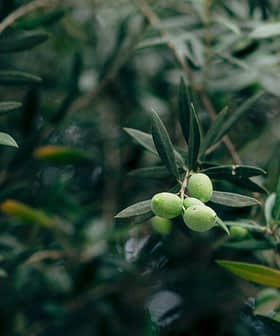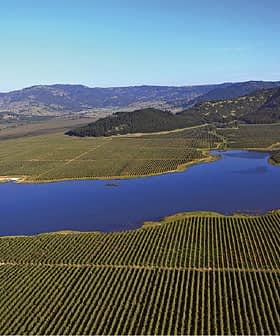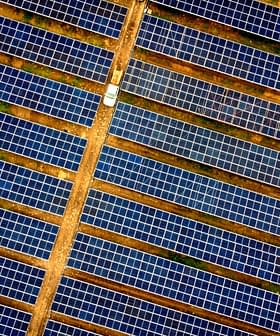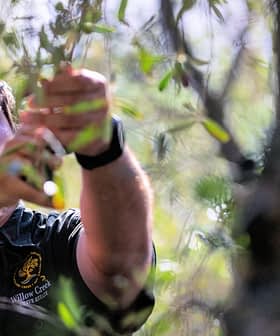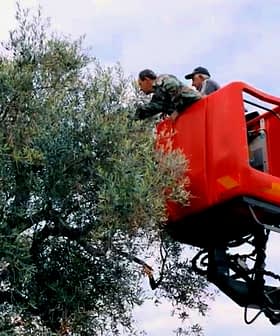 7.3K reads
7.3K readsProduction
Olive Oil Producers in Portugal Celebrate Country’s Second-Highest Yield

The olive oil production in Portugal is expected to increase slightly in the 2023/24 crop year, reaching 150,000 to 160,000 tons, despite challenges faced during the harvest due to high moisture levels in the olives. Portuguese producers in regions like Alentejo and Trás-os-Montes reported difficulties with oil extraction and lower yields, but remain optimistic about the future of the olive oil sector, as prices have increased due to low production and consumer loyalty.
As the harvest concludes in Portugal, olive oil production is estimated to reach 150,000 to 160,000 tons in the 2023/24 crop year, confirming a slight increase from the previous harvest.
Overall, Portuguese producers said it was a good harvest. However, high moisture levels concentrated in the olives due to winter rain made oil extraction difficult and reduced the final quantity of olive oil.
Following the disastrous campaign of 2022, we reverted to our usual numbers. Opting for an early harvest, we proceeded despite the rainy weather conditions.
Jeremias Lancastre e Tavora, the general manager of Olivo Gestão, an Alentejo-based company, confirmed the difficulties faced by producers during the harvest, which started in October and finished recently.
He said, “It was a demanding campaign, in technical terms, for the olive oil industry in Portugal, particularly in Alentejo,” the country’s largest olive oil-producing region by a significant margin.
See Also:2023 Harvest Updates“Initial forecasts pointed to an average season, even if we had some uncertainties regarding the quantity of expected olives due to the unseasonably cold weather in the spring,” Lancastre e Tavora added.
He said that in October, the fruit appeared to be ripening well, indicating good levels of oil accumulation.
“However, after the first rains in October and while it was still hot, the olives stopped accumulating oil, and the humidity levels increased exponentially,” Lancastre e Tavora said. “This made the entire extraction process very difficult and caused very low oil yields, even reaching 2.5 percent below the average for this region.”
“Another challenge we had was Gafa, a fungus that appeared on our olives towards the end of November,” he added. “We had to be highly selective when picking olives to take to the mill to avoid mixing the oils and acidity.”
Also known as anthracnose, Gafa is an olive tree disease that affects the quality of the oil, reflected mainly in increased acidity. Humidity and high temperatures are usually to blame.
On the other side of Portugal, where traditional olive groves dominate the country’s rugged, hilly landscape, producers reported a production rebound with similar challenges.
Julio Alves, the founder of Quinta dos Olmais, said production in Trás-os-Montes was expected to increase after last year’s poor harvest. However, producers also experienced lower oil accumulation levels after a wet autumn and winter.

Autumn and winter resulted in muddy slopes, complicating the harvest in the hilly regions of northern Portugal. (Photo: Quinta dos Olmais)
“Following the disastrous campaign of 2022, we reverted to our usual numbers,” he said. “Opting for an early harvest, we proceeded despite the rainy weather conditions.”
“Consequently, we managed to gather a higher quantity of olives, albeit with slightly lower yields due to their increased water content,” Alves added. “Overall, the harvest in our region progressed smoothly, with no significant setbacks.”
Along with lower oil yields, Alves said the most significant obstacle producers in the north of the country faced was mud and slippery terrain caused by the rain, which meant the harvest unfolded more slowly.
While this season was below the record-high of 206,000 tons produced in the 2021/22 crop year, Lancastre e Tavora said production will continue to increase as the number of newly planted super-high-density olive groves in Alentejo increases.
“Since 2005, the modernization of agribusiness in Portugal, the efficiency of processing at olive groves, and the quality of the olive oil produced here have been encouraging for local farmers,” he said. “The fact that it is an indigenous crop with water availability, good soil and reasonable climatic conditions has made it possible to achieve results.”
Like many of his peers, Lancastre e Tavora predicts that Portugal will be one of the world’s largest olive oil-producing countries in the next five years.
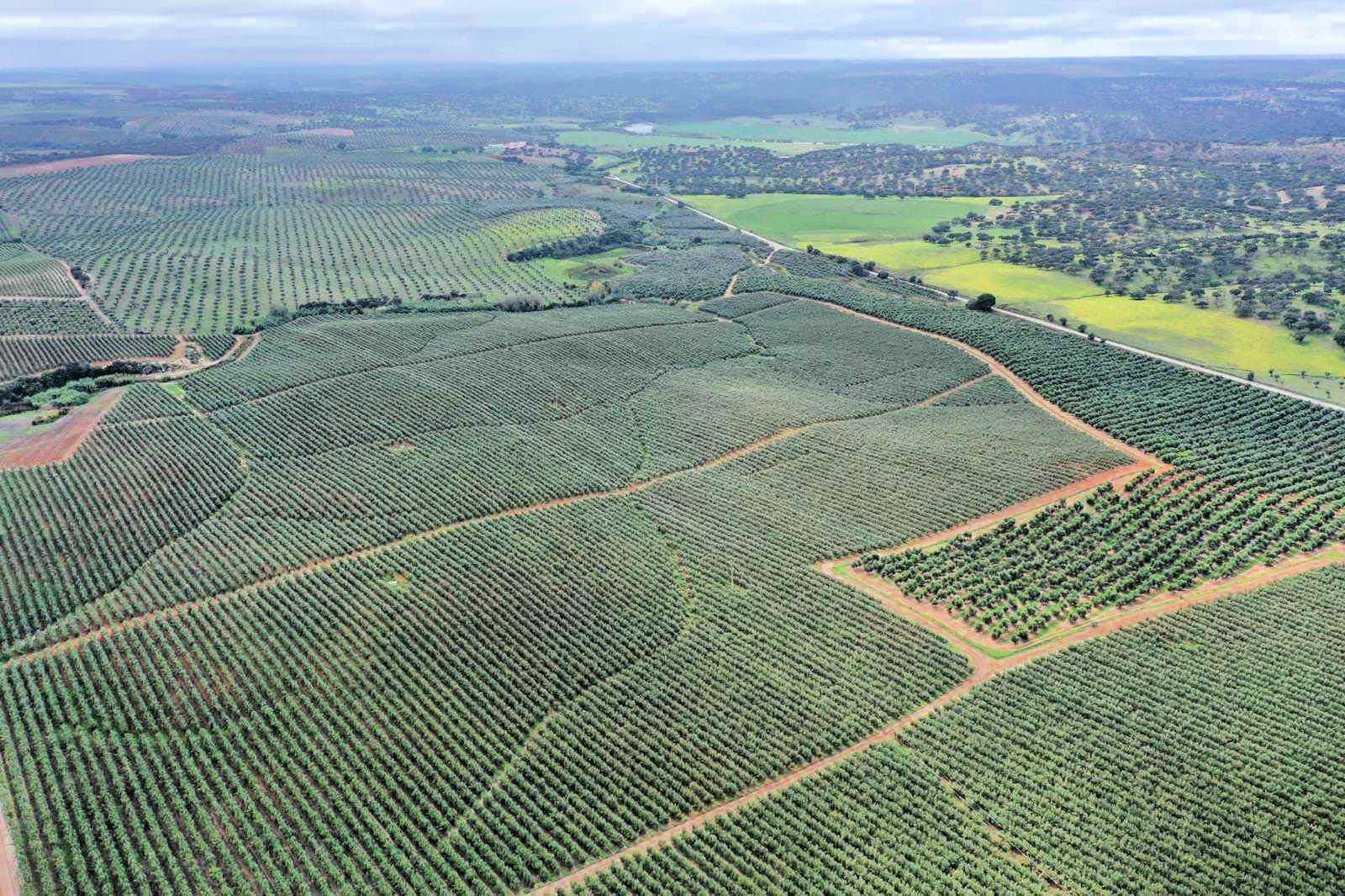
Due to the proliferation of modern olive groves, Portugal could become the world’s third-largest olive oil production by the middle of the century. (Photo: Olivo Gestão)
“At the same time, due to the high efficiency and quality of modern olive groves, Portugal will likely become a reference point for the sector,” he said. “This will also bring very positive results to smaller projects in regions where it is not possible to irrigate traditional olive groves, but which will benefit from scale and conditions for producing quality olive oil.”
The completion of the Alqueva dam in 2002 has made Alentejo far more resilient to periods of drought. As a result, production in Portugal fell far less sharply in the 2022/23 crop year than in many other parts of the Mediterranean basin.
“The fact that we have water available and are not so dependent on rain each year means that we are not as vulnerable to climate cycles,” Lancastre e Tavora said. “It is therefore easier to adapt operations to the new climate reality, to protect olive trees and olives as much as possible, and allow us to be productive and maintain quality.”
While the Alqueva dam protects against drought, Lancastre e Tavora worries that unseasonably high and low temperatures, a phenomenon observed to become increasingly common in recent years, will provide new challenges for olive growers.
“Changes to the Mediterranean climate normally characterized by the four seasons can alter the plant cycle and bring instability to the production process,” he said. “This will affect farmers globally because [about 70 percent] of production is still from rainfed and traditional olive groves.”
“Climate change worries us,” Lancastre e Tavora added. “Therefore, we do everything we can to incorporate sustainability measures, both at an agronomic and agro-industrial level.”
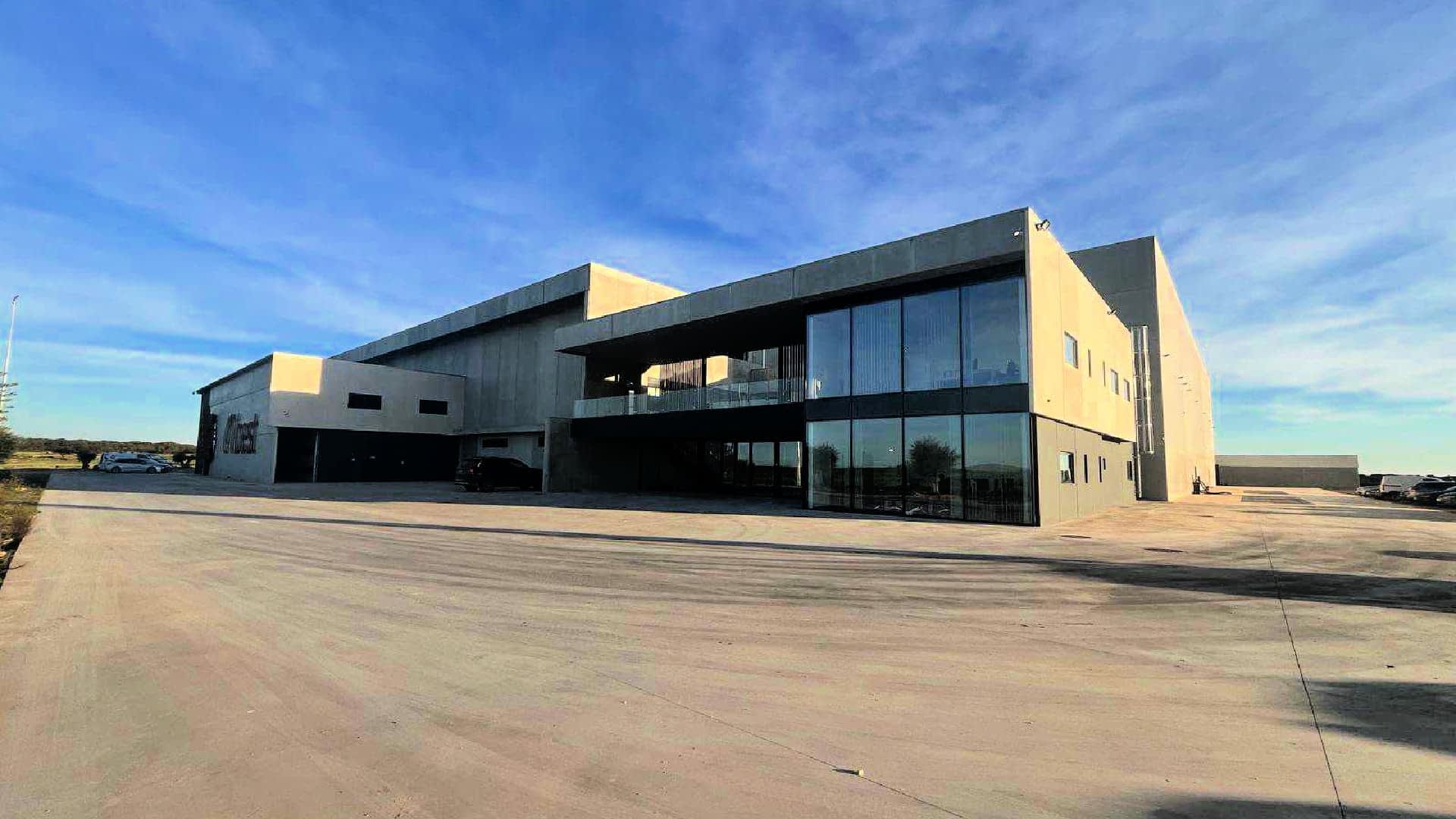
Ninety-five percent of Olive Gestão’s production is extra virgin, partially due to modern milling facilities. (Photo: Olivo Gestão)
Along with the rest of the olive oil world, Portugal has experienced a sharp increase in olive oil prices over the past two years. Alves cited this as a concern for traditional producers as high prices have seen consumers change their habits in Spain and Italy.
According to data from the International Olive Council, extra virgin olive oil prices in Trás-os-Montes reached €859.5 per 100 kilograms in February, slightly below January’s record high and 50 percent above February 2023.
“In my opinion, this price rise depends on two main factors: cyclical and structural,” Lancastre e Tavora said. “On the one hand, the lack of rain and unfavorable weather at critical moments for the crop caused two consecutive years of low production, which led to a lack of olive oil availability in the market. At the same time, there was enormous consumer loyalty to the product. It was necessary to raise the price level.”
“On the other hand, more structurally, inflation rates for all food items in general also play a part in the rise of olive oil prices,” he added. “Indeed, production costs have risen considerably, but it is also true that over the last two years, inflation on food products has reached an all-time high and has increased household costs.”
Despite the challenges of increased production costs and climate change, Lancastre e Tavora is optimistic about the future of the Portuguese and global olive oil sectors.
“If we consider average annual production, olive oil continues to represent less than [three] percent of the oils consumed in the world, which demonstrates the growth capacity of this product, being the only one with all the well-known health benefits,” he said.
“Now more than ever, producing countries must define a strategy to promote the product in more parts of the world, particularly in emerging markets, where more households have become more health conscious and can afford olive oil,” he concluded.
Daniel Dawson contributed to this report.


